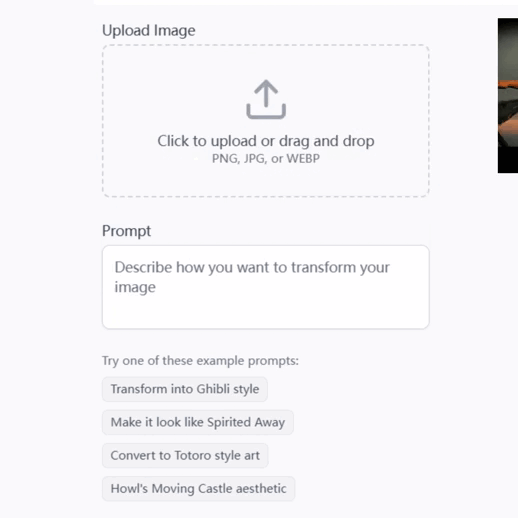
Infosec - Infosec Knowledge and Tools

Welcome! Let's enhance your cybersecurity knowledge and protect your data.
Empowering security with AI-driven insights
Explain the importance of encryption in data protection...
What are the best practices for securing a home network?
How can organizations defend against phishing attacks?
Describe the differences between symmetric and asymmetric encryption...
Get Embed Code
Introduction to Infosec
Information Security (Infosec) refers to the processes and methodologies designed to protect digital and analog information from unauthorized access, use, disclosure, disruption, modification, inspection, recording, or destruction. It encompasses a broad spectrum of practices, tools, and concepts aimed at securing data and information systems. Examples of Infosec in action include encryption, which scrambles data so that it can only be read by someone with the key; firewalls, which serve as barriers between secure internal networks and potentially insecure external networks; and intrusion detection systems (IDS), which monitor networks for malicious activities or policy violations. A real-world scenario illustrating these aspects could involve a financial institution implementing layered security measures to protect sensitive customer data. This could include using encryption for data at rest and in transit, employing firewalls to guard the perimeter of its network, and deploying IDS to detect and respond to potential threats in real time. Powered by ChatGPT-4o。

Main Functions of Infosec
Protecting data confidentiality
Example
Encryption of sensitive files
Scenario
A healthcare provider encrypts patient records to ensure that even if a data breach occurs, the information remains unreadable to unauthorized individuals.
Ensuring data integrity
Example
Digital signatures
Scenario
An e-commerce platform uses digital signatures to verify that messages or transactions have not been altered during transmission, thus ensuring the integrity of communication between buyers and sellers.
Maintaining availability
Example
Redundant systems and backups
Scenario
An online service provider implements redundant infrastructure and regular backups to ensure service availability even in the event of hardware failures or cyberattacks.
Threat detection and response
Example
Intrusion Detection Systems (IDS) and Security Information and Event Management (SIEM)
Scenario
A corporation uses IDS to monitor its network for suspicious activities and SIEM to analyze and manage security alerts, enabling rapid response to potential security incidents.
User authentication and access control
Example
Multi-factor authentication (MFA)
Scenario
A financial institution requires MFA for all online banking transactions, adding an extra layer of security by requiring users to provide two or more verification factors to gain access to their accounts.
Ideal Users of Infosec Services
Businesses and Organizations
Companies of all sizes need to protect their intellectual property, customer data, and maintain regulatory compliance. Infosec services offer them tools and strategies to safeguard their digital assets, prevent data breaches, and mitigate the risk of cyberattacks.
Government Agencies
Government entities handle sensitive information that, if compromised, could threaten national security, public safety, or citizen privacy. They require robust Infosec solutions to protect against espionage, sabotage, and cyber warfare.
Individuals Concerned with Privacy
With increasing threats to personal data online, individuals looking to secure their personal information, financial data, and protect against identity theft are also ideal users of Infosec services.
IT Professionals
Infosec services are crucial for IT professionals tasked with securing organizational IT infrastructure. They benefit from staying abreast of the latest security technologies, threats, and best practices to defend their networks effectively.

How to Use Infosec: A Step-by-Step Guide
Start Your Journey
Initiate your Infosec exploration by visiting yeschat.ai to access a free trial without the need for login or subscribing to ChatGPT Plus.
Identify Your Infosec Needs
Assess your information security requirements, whether it's for personal knowledge, professional development, or securing your organization's network and data.
Engage with the Tool
Utilize the provided interactive platform to ask specific questions related to cybersecurity, from basic concepts to advanced techniques.
Apply Insights Practically
Implement the guidance and recommendations provided by Infosec in your personal or organizational security practices.
Stay Updated
Regularly engage with Infosec for the latest security trends, updates, and best practices to keep your knowledge and applications current.
Try other advanced and practical GPTs
Dental Content Creator
Empower Your Dental Practice with AI

Most Popular
Discover what's trending with AI

Medical Record Analyzer
Deciphering Medical Records with AI

Sprüche / Zitate Ersteller (250 Stück)
Empowering creativity with AI-powered quotes

Predict Futures
Envisioning the Future with AI

social Media Manager
Elevate Your Social Presence with AI

Prop Gen
Elevate Your Freelance Proposals with AI

Dr. C. Rex
Empowering oncology insights with AI

職務要約作成ツール-転職活動中にオススメ!
AI-powered Career Advancement

Document Review
Elevate Your Writing with AI Insight

Real Estate Blog Helper
Empowering Real Estate Blogs with AI

Instant Pot Maestro
Expert Instant Pot Recipes at Your Fingertips

Frequently Asked Questions about Infosec
What is Infosec and how does it benefit me?
Infosec, short for Information Security, is a discipline focused on protecting data from unauthorized access, use, disclosure, disruption, modification, or destruction. It benefits you by safeguarding your personal or organizational information, ensuring privacy, and maintaining the integrity and availability of data.
Can Infosec help me with compliance regulations?
Absolutely. Infosec provides insights on how to align your security practices with compliance regulations such as GDPR, HIPAA, and PCI-DSS, ensuring you meet legal and industry standards for data protection.
How can I protect my network from cyber attacks using Infosec?
Infosec guides you through implementing robust security measures such as firewalls, intrusion detection systems, and regular security assessments to protect your network from cyber threats.
What are some common cybersecurity threats, and how does Infosec address them?
Common threats include malware, phishing, ransomware, and insider threats. Infosec provides strategies for prevention, detection, and response to these threats, including user education, security policies, and technical controls.
How does Infosec stay current with the evolving cybersecurity landscape?
Infosec continuously updates its knowledge base with the latest security research, threat intelligence, and industry best practices, ensuring users receive the most current and effective security advice.






